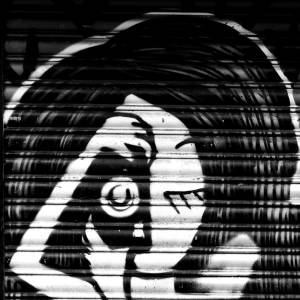Voluntary Service
A very good friend and I volunteer our services, both on the same day each week, but at opposite ends of the country. Let me share...
In York, my mate Dave (he of kitchener fame...) roped me in over a year ago to help him with a session he runs at our local library. Originally to help local folk with a national programme to familiarise them with using computers. It’s brilliant fun and we get all sorts of people turning up, and of all ages.
It’s something that has grown beyond a simple computer orientation session; since I’ve been doing it, never mind him. We’ve helped folk get jobs by sorting CVs, tracked parcels, a guy who shared with me about a health problem which I helped him with, contacted a company to get them to let me know the ingredients of a skin cream a lady thought she was allergic to, and the list goes on.
This week, J, a young lass of 80-odd years came up to me and said she had some documents to show me. Her dad had been brought up in the Foundling Hospital in London. He grew up and then married her mum in 1935, but sadly was killed in combat against the Japanese in WW2.
I didn’t know much about the Foundling Hospital (although I knew there is a Foundling Museum in Bloomsbury). He's actually one of the lads in the [extra]. J guessed I’d be interested and she’d brought several family documents, and also lent me the most fascinating book by an American academic [main image].
The rest of the session was spent with us having great fun and surfing all round the net for stuff about Thomas Coram and the charity which, against all odds, he set up:
"The London Foundling Hospital was the world's first incorporated charity. Founded in 1739 by Thomas Coram, a retired sea captain, it provided a home for London's foundlings and a channel for the humanitarianism of the growing middle class.
Among those associated with the project were Handel, who conducted annual performances of the Messiah at the hospital's chapel, and Hogarth, who turned it into London's first public art gallery.
By mid-century the need for the hospital services had become so apparent that in 1756 Parliament, in an unprecedented attempt to solve the problems of child abandonment through national rather than parochial means, began to subsidise the hospital.
But after only four years, the huge scale and expense of the enterprise led to Parliament's withdrawal, and the hospital had to reduce admissions. [EN: Now there's a surprise!...]
Nonetheless, for another 200 years it remained an important and influential operation, serving as the prototype of thousands of philanthropic corporations both in England and the United States."
McClure R. 1981. Coram's Children: The London Foundling Hospital in the Eighteenth Century. New Haven: Yale University Press.
- 2
- 0
- Pentax K-5
- 1/3
- f/4.0
- 40mm
- 250

Comments New comments are not currently accepted on this journal.